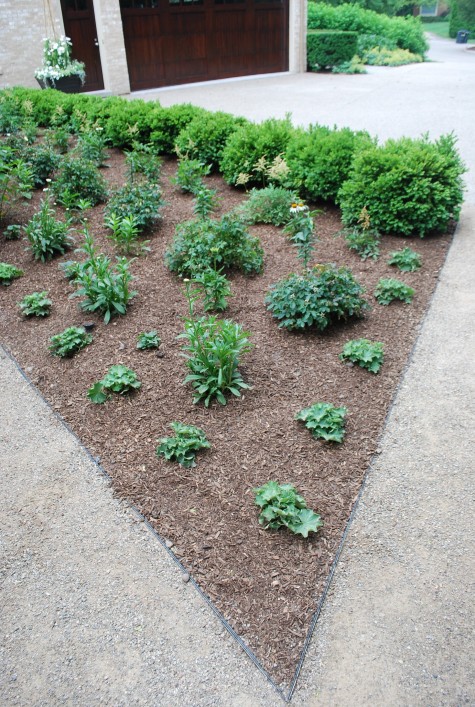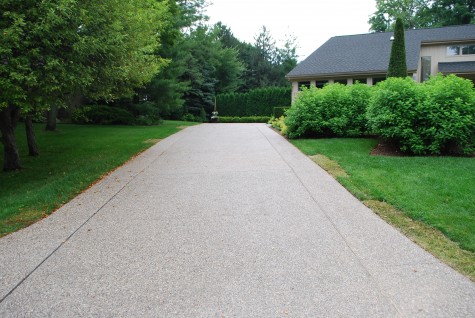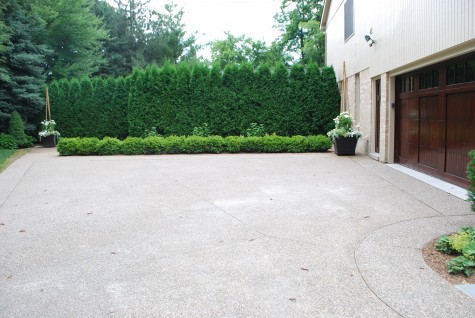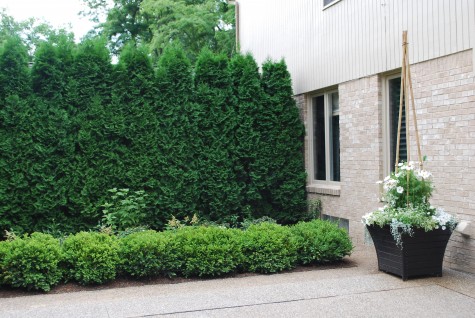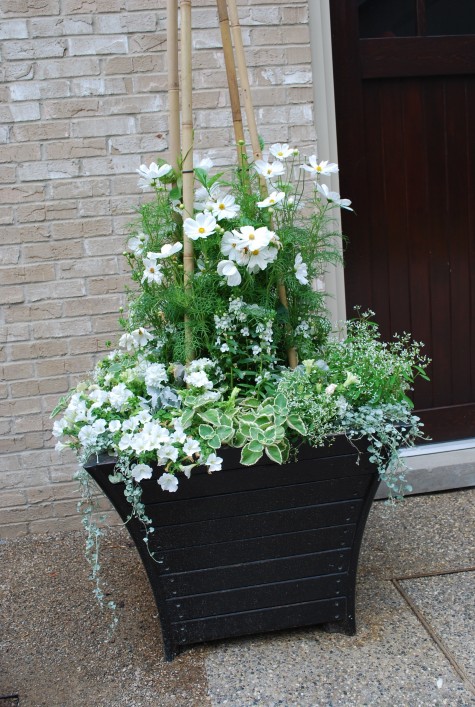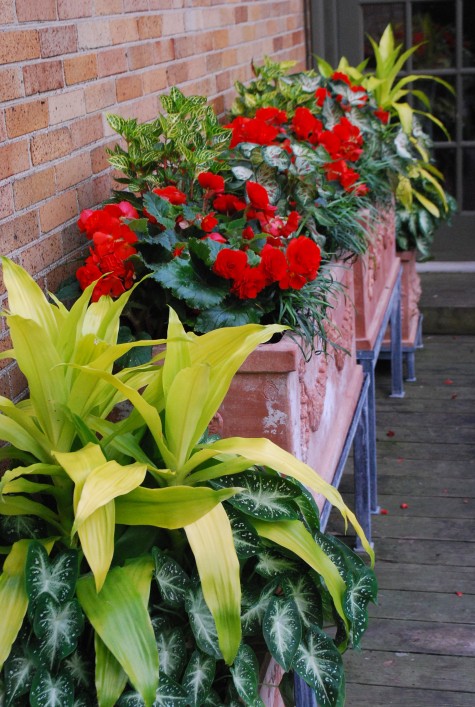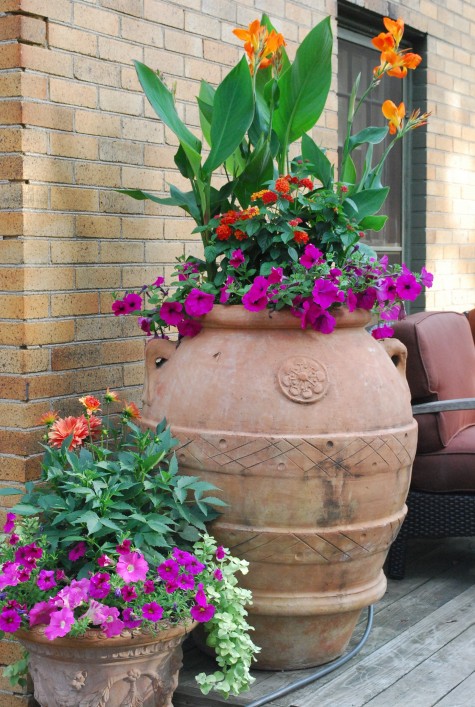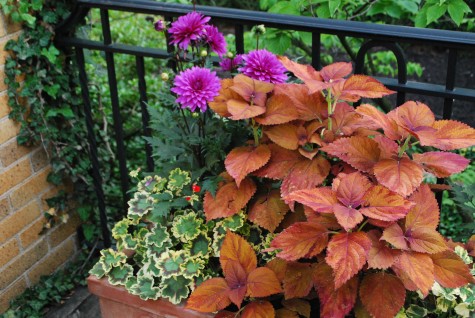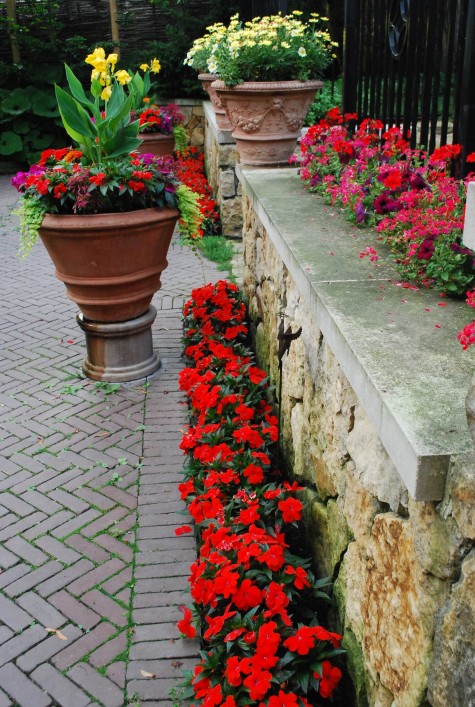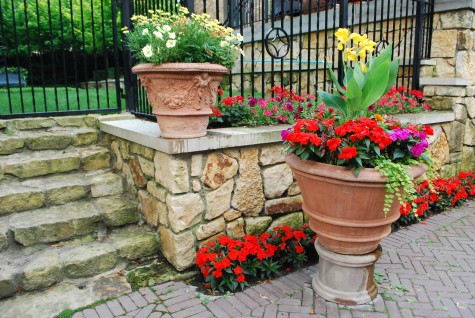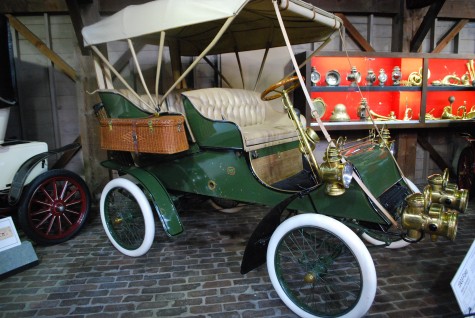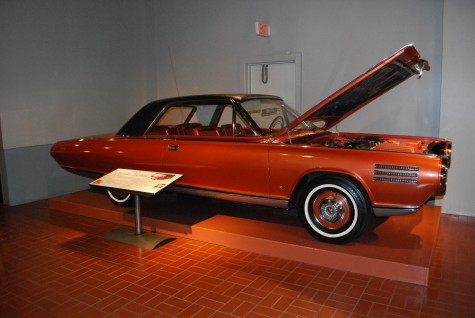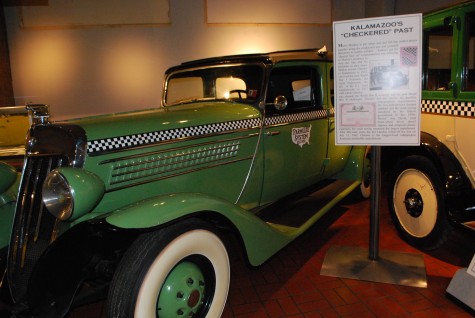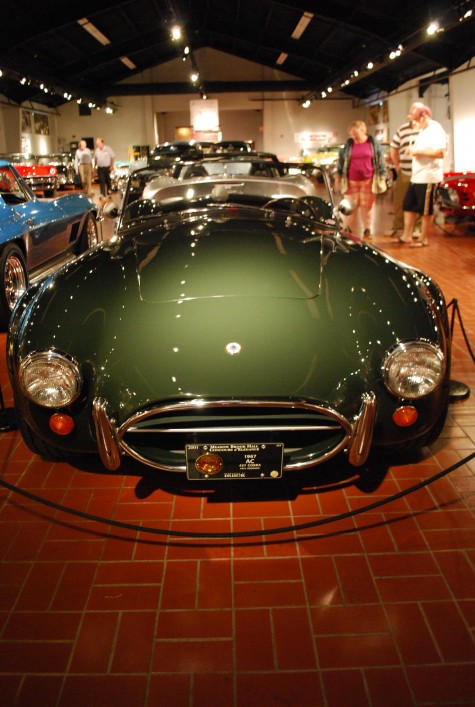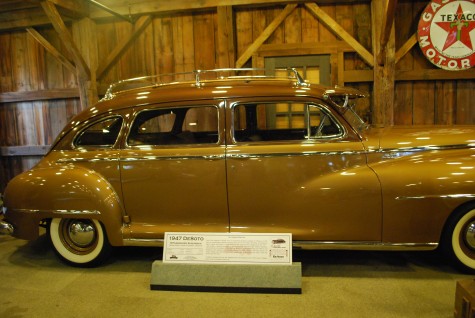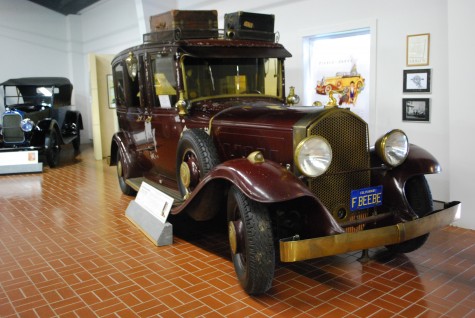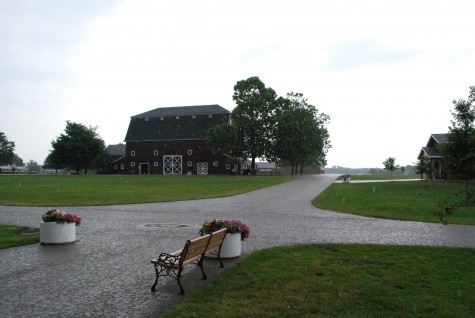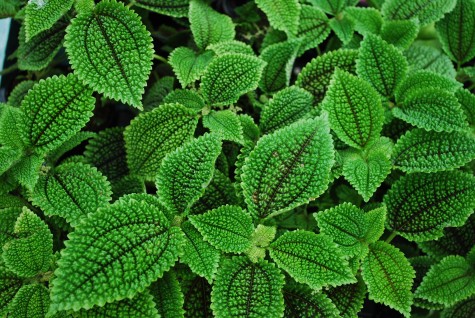 Shady garden spots have that quiet and peaceful feeling about them-but that does not mean they have to be to uneventfully green. Sum and Substance hosta is notable for its lime green color; that bold chartreuse looks like someone turned the lights on. Container plantings in shade can have just as much punch. This pepperomia is a vibrant shade of green; the intensely pebbly surface reflects light, and attracts the eye. Pepperomias are small growing shade loving tropical plants that can brighten a shade garden in the summer, and keep you company indoors over the winter.
Shady garden spots have that quiet and peaceful feeling about them-but that does not mean they have to be to uneventfully green. Sum and Substance hosta is notable for its lime green color; that bold chartreuse looks like someone turned the lights on. Container plantings in shade can have just as much punch. This pepperomia is a vibrant shade of green; the intensely pebbly surface reflects light, and attracts the eye. Pepperomias are small growing shade loving tropical plants that can brighten a shade garden in the summer, and keep you company indoors over the winter.
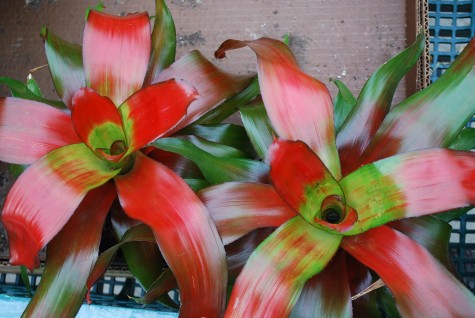 There are plenty of tropical plants that are completely happy in shady places outdoors. These bromeliads are anything but shy in appearance. I wanted to planty some pots I could keep in the shade of the lindens at the shop. This red/orange and green duo is just the sort of plant that will brighten that very shady spot.
There are plenty of tropical plants that are completely happy in shady places outdoors. These bromeliads are anything but shy in appearance. I wanted to planty some pots I could keep in the shade of the lindens at the shop. This red/orange and green duo is just the sort of plant that will brighten that very shady spot.
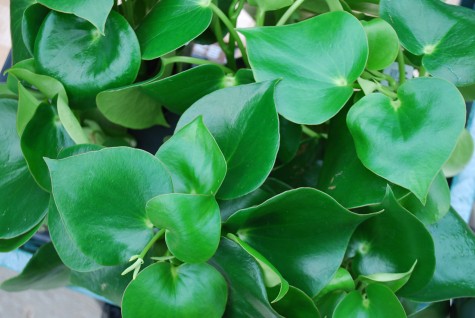 This pepperomia Jayde features deep green, glossy, and perfectly heart shaped leaves. It looks juicy enough to be a water plant. It will make a great companion plant in a container.
This pepperomia Jayde features deep green, glossy, and perfectly heart shaped leaves. It looks juicy enough to be a water plant. It will make a great companion plant in a container.
 This black leaved Calathea is an attention getter. The shape of each leaf is described by a simple outline and midrib in hot pink. The green blobby flowers you see pictured here cannot hold a candle to those strikingly beautiful leaves.
This black leaved Calathea is an attention getter. The shape of each leaf is described by a simple outline and midrib in hot pink. The green blobby flowers you see pictured here cannot hold a candle to those strikingly beautiful leaves.  The surface of these pale green lance leaved Calathea leaves look as though they had been hand painted. The pattern reminds me very much of rustic French or Italian china. Where did I find these plants? Telly’s Greenhouse, of course. George has a great eye for unusual and beautiful plants.
The surface of these pale green lance leaved Calathea leaves look as though they had been hand painted. The pattern reminds me very much of rustic French or Italian china. Where did I find these plants? Telly’s Greenhouse, of course. George has a great eye for unusual and beautiful plants.
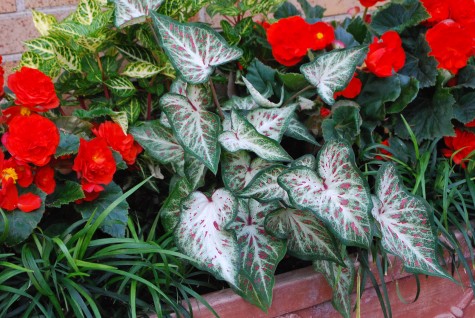 This particular green caladium glows white in the centers of the leaves, and is puinctuated with terra cotta colored blotches; it shines in the shade.
This particular green caladium glows white in the centers of the leaves, and is puinctuated with terra cotta colored blotches; it shines in the shade.
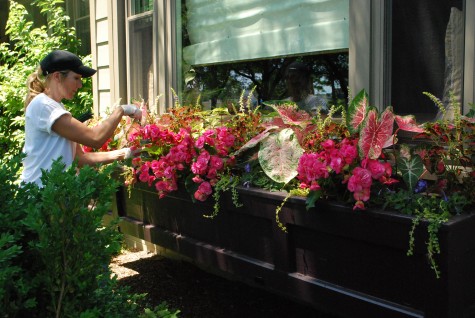 Putting it all together is the fun of summer container gardens. A window box in a shady spot can be very lively indeed.
Putting it all together is the fun of summer container gardens. A window box in a shady spot can be very lively indeed.


